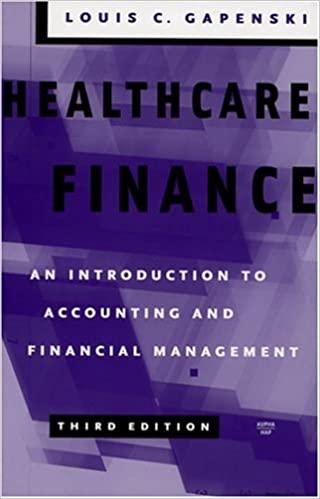
(42 points) In his influential work on the impact of taxes on labor supply, Jerry Hausman assumed desired (or optimal) annual hours followed this formula: H" = a(1-0)w+By. (Note: I am not going to make you derive this formula- it comes from a somewhat complicated mathematical formula for the utility function, so just trust me that this is correct.) Assume a two-bracket tax on annual earned income: the first $15,000 of earnings are taxed at a 10% marginal rate, with earnings above $15,000 taxed at a 30% marginal rate. Unearned income is not taxed. Assume $1,000 of unearned income and a gross wage of $20/hour. a. (6 pts) Draw the annual budget constraint for an individual with these tax and economic parameters. Carefully label all points and slopes. b. (6 pts) Calculate and report the virtual income for each budget-set segment. c. Calculate the utility-maximizing hours of labor supplied and indicate where on the budget constraint you drew in part #a the person locates for each of the following individuals: i. (2 pts) An individual with a = 50 and B =-0.50. ii. (2 pts) An individual with a = 50 and B=-1. iii. (2 pts) An individual with a = 100 and B = -0.10. iv. (2 pts) An individual with a = 50 and B =-0.10. d. (6 pts) In an effort to cut taxes paid for lower-income individuals, the government decides to increase the size of the bottom tax bracket from $15,000 to $25,000. Draw the new annual budget constraint. Carefully label all points and slopes. e. (8 pts) For each of the individuals in part #c, describe theoretically the impact of the tax change in part #d on their labor supply. f. (8 pts) For each of the individuals in part #c, calculate how increase in the bracket in part #d changed their actual labor supply and indicate where on the budget constraint you drew in part #d the person now locates. (42 points) In his influential work on the impact of taxes on labor supply, Jerry Hausman assumed desired (or optimal) annual hours followed this formula: H" = a(1-0)w+By. (Note: I am not going to make you derive this formula- it comes from a somewhat complicated mathematical formula for the utility function, so just trust me that this is correct.) Assume a two-bracket tax on annual earned income: the first $15,000 of earnings are taxed at a 10% marginal rate, with earnings above $15,000 taxed at a 30% marginal rate. Unearned income is not taxed. Assume $1,000 of unearned income and a gross wage of $20/hour. a. (6 pts) Draw the annual budget constraint for an individual with these tax and economic parameters. Carefully label all points and slopes. b. (6 pts) Calculate and report the virtual income for each budget-set segment. c. Calculate the utility-maximizing hours of labor supplied and indicate where on the budget constraint you drew in part #a the person locates for each of the following individuals: i. (2 pts) An individual with a = 50 and B =-0.50. ii. (2 pts) An individual with a = 50 and B=-1. iii. (2 pts) An individual with a = 100 and B = -0.10. iv. (2 pts) An individual with a = 50 and B =-0.10. d. (6 pts) In an effort to cut taxes paid for lower-income individuals, the government decides to increase the size of the bottom tax bracket from $15,000 to $25,000. Draw the new annual budget constraint. Carefully label all points and slopes. e. (8 pts) For each of the individuals in part #c, describe theoretically the impact of the tax change in part #d on their labor supply. f. (8 pts) For each of the individuals in part #c, calculate how increase in the bracket in part #d changed their actual labor supply and indicate where on the budget constraint you drew in part #d the person now locates







